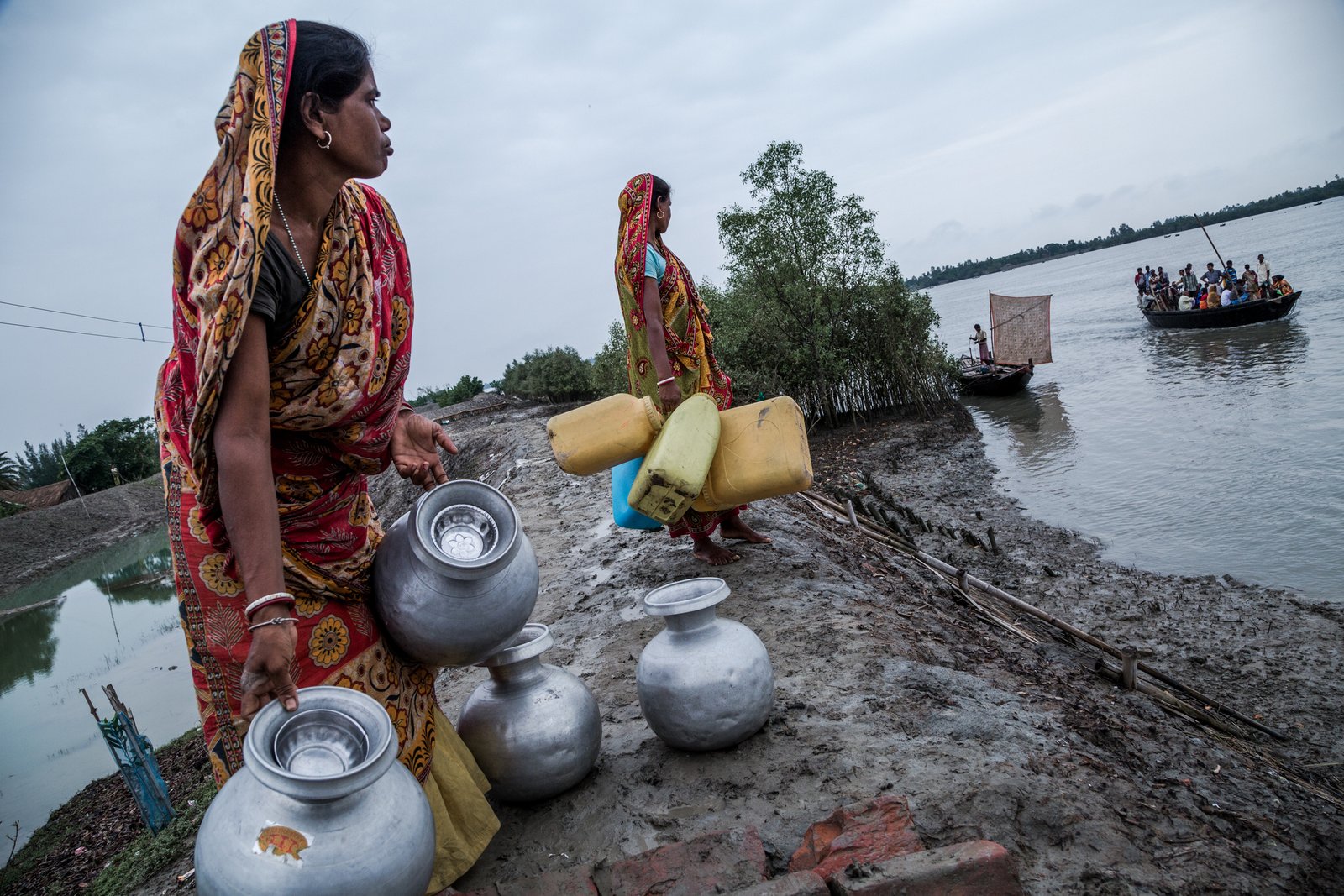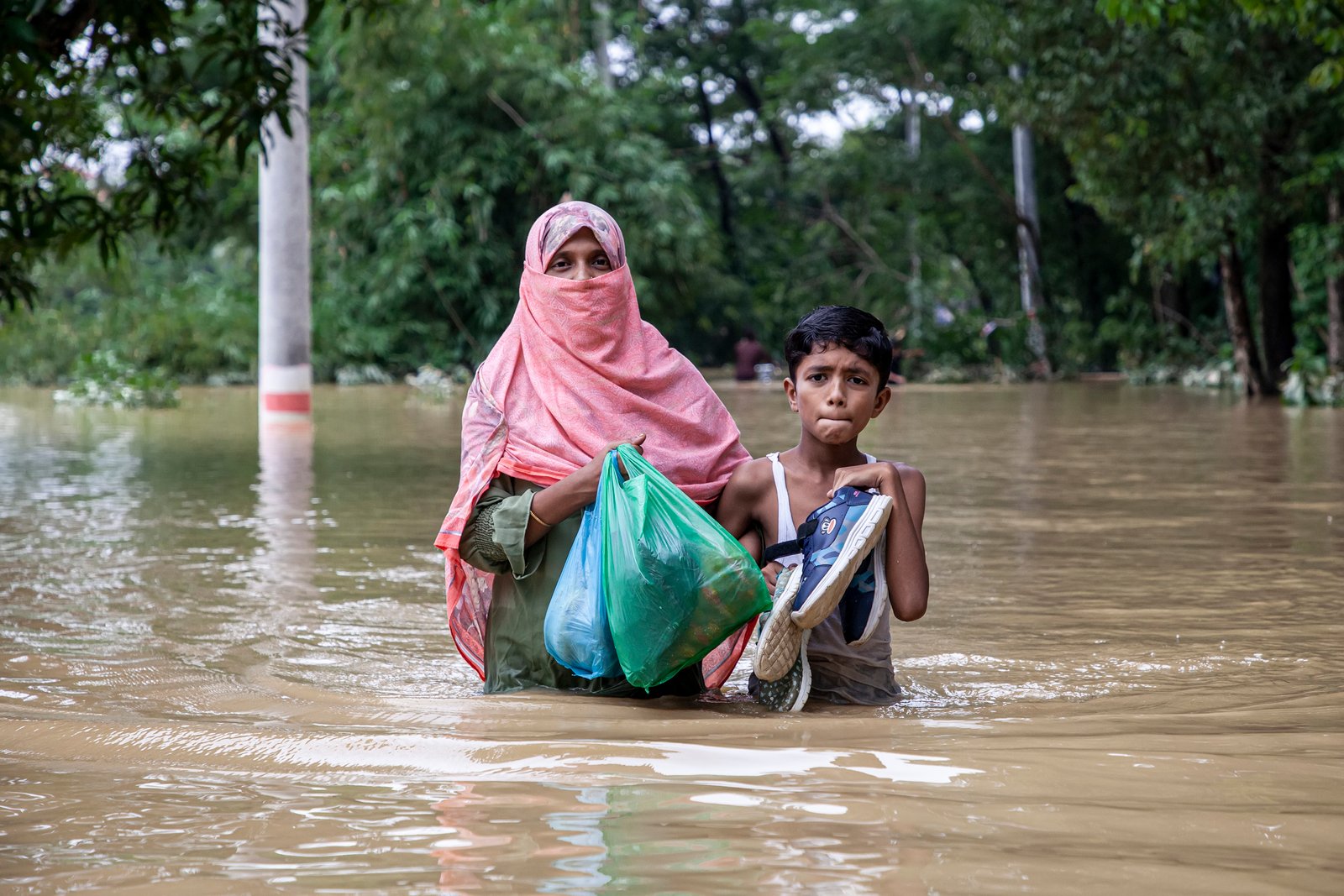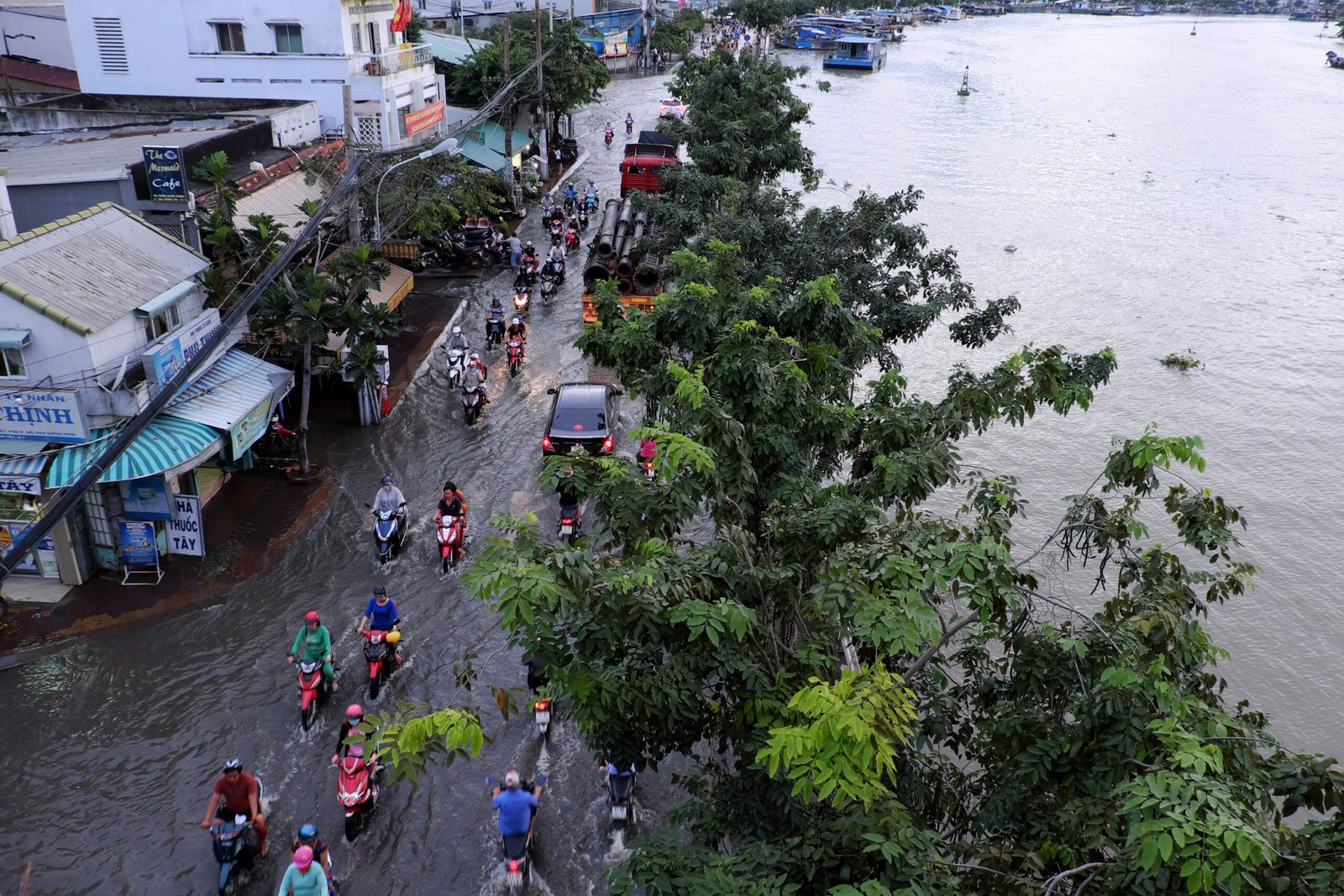Infectious diseases in animals pose a significant threat to biodiversity and have profound implications for ecosystems, human well-being, and the economy. This blog explores the relationship between infectious diseases and biodiversity, highlighting how integrated policies to protect the natural world will prevent future epidemics and pandemics.
The COVID-19 pandemic underscored the importance of understanding the relationship between infectious diseases and biodiversity, and the implications of this link for economic development.
This blog brings together research examining how infectious diseases influence biodiversity, and vice versa, and discusses the implications of this relationship for society and policy.
The consequences of biodiversity loss for ecosystems and human life
The loss of biodiversity owing to infectious diseases has far-reaching implications. For nature, the decline of key species disturbs food chains, affecting the species that rely on them for food and causing imbalances. Ecosystem functions, such as pollination seed dispersal and nutrient cycling, are altered by changes in populations of wild species, and are therefore also susceptible to an ecosystem imbalance.
Why do these imbalances matter to humans? Healthy ecosystems underpin healthy societies and economies. For example, the loss of species that provide essential ecosystem services, such as pest control and pollination, can significantly increase the cost of agriculture and reduce crop yields. Additionally, the spread of zoonotic diseases, (diseases which spread from animals to humans), can pose significant public health and economic risks – as demonstrated by COVID-19.

The link between infectious diseases and biodiversity
Research has shown that infectious diseases can dramatically alter biodiversity. For example, the chytrid fungus (Batrachochytrium dendrobatidis) has caused severe declines in populations of amphibians (which include frogs and toads) worldwide, leading to the extinction of several species. Amphibians are crucial for maintaining balance in aquatic ecosystems, and their loss can disrupt food webs and water quality by affecting algal growth and nutrients.

Elsewhere, white-nose syndrome, caused by the fungus Pseudogymnoascus destructans, has devastated bat populations in North America. Bats play an essential role in controlling insects and pollinating plants. Their decline has significant ecological and economic consequences, including increased insect pest populations – which means farmers have to use more pesticides – and reduced crop yields.

Rabies is a zoonotic disease with wide-ranging impacts on humans, animals (domestic and wild), the environment, and biodiversity. Outbreaks are often associated with free-roaming populations of species including bats and foxes. Rabies is potentially fatal to humans and animals. In nature, it can lead to significant declines in predator species, which disrupt food webs and ecosystems. Poor waste management, whereby large volumes of waste are left on the streets and in open dumps, also facilitates the population and spread of free-roaming dogs that scavenge from the waste among developing communities of Asia and Africa. This scenario also poses serious public health concerns around the spread of rabies from dogs to humans.
How high biodiversity prevents the spread of diseases
The “dilution effect” hypothesis suggests that higher biodiversity can reduce disease transmission from animals to humans. In diverse ecosystems, diseases encounter a variety of host species that can limit their spread. For instance, areas with a higher diversity of wild animals that carry ticks have lower infection rates of Lyme disease in humans. This is because Lyme disease is caused by a bacterium that is spread by the ticks, and the bacterium does not thrive well in some wild animals.
Conversely, when biodiversity is lost, humans can become more exposed to disease. Studies on the Amazon rainforest, for example, have shown that deforestation and habitat fragmentation increase the prevalence of malaria as mosquitos thrive in disturbed environments.
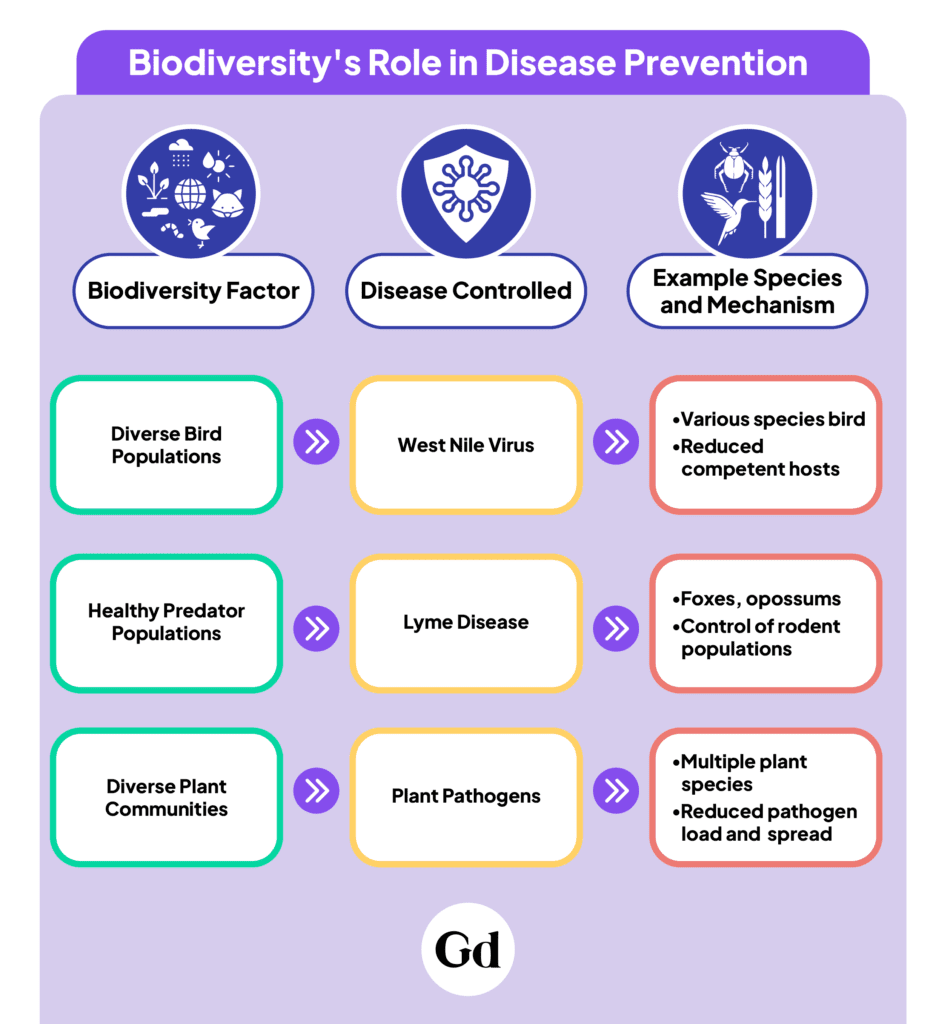
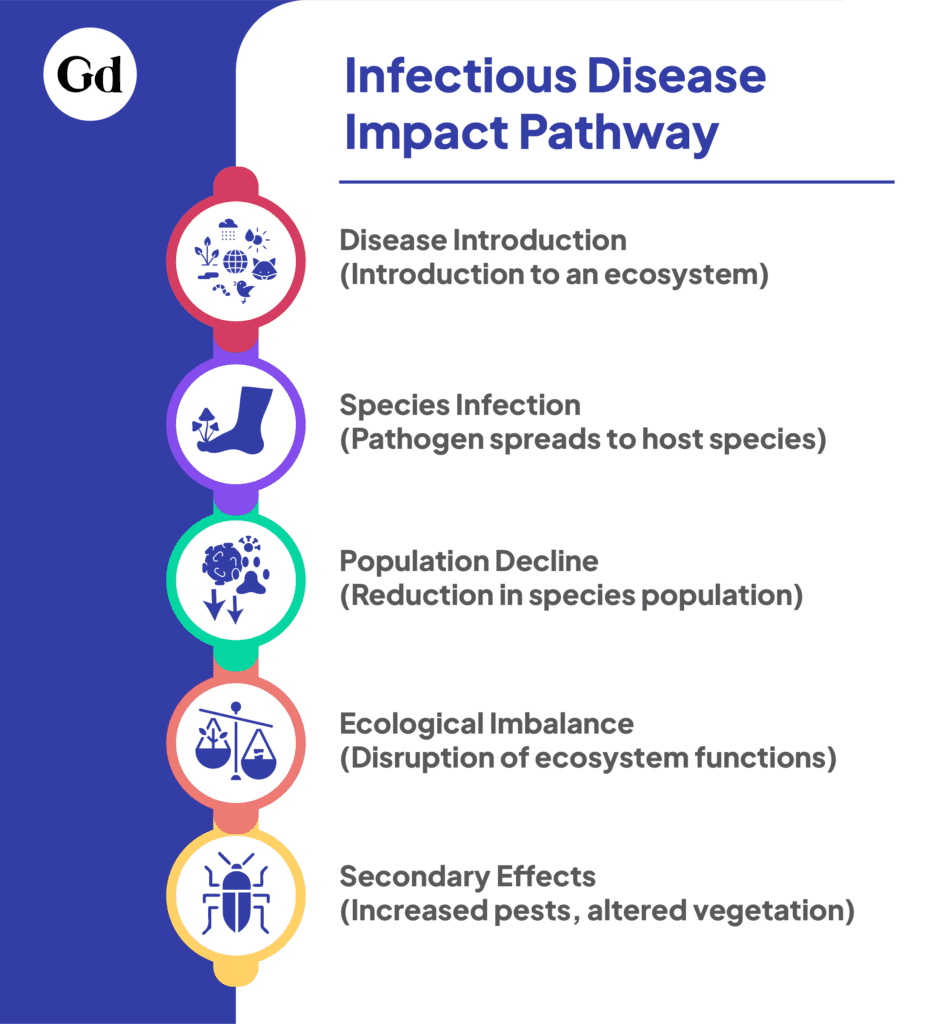
Policy implications
The impact of infectious diseases on biodiversity has profound implications for policy development. Conservation efforts that protect and restore biodiversity are not only about saving species; they are also crucial for preventing disease outbreaks in humans.
As we have seen, healthy diverse ecosystems act as natural buffers against the spread of disease, reducing the risk of them spreading from animals to humans. Incorporating biodiversity conservation into public health strategies will, therefore, help protect humans. For example, protecting forests can help prevent the emergence of new zoonotic diseases. Integrated approaches enhance the resilience of both natural and human systems, providing a win-win scenario for both health and the environment.

Research points to various means of mitigating biodiversity loss due to infectious diseases. For example, conservation policies should be strengthened to protect and restore habitats and to promote resilient ecosystems. Sustainable land-use practices can avoid habitats becoming fragmented into small patches and limit disease spread. For example, sustainable farming practices, like crop rotation and preserving natural vegetation, keep habitats connected. This helps wildlife thrive and reduces the spread of diseases. Investing in interdisciplinary research – for example, collaborations between ecologists and medical experts – will enhance our understanding of biodiversity and disease dynamics. Robust disease monitoring systems for wildlife are crucial for early detection and response. Finally, raising public awareness of the role of biodiversity in preventing disease outbreaks can encourage support for conservation initiatives.
Conclusion
Understanding the impact of infectious diseases on biodiversity is crucial for developing effective policies. By safeguarding biodiversity, we not only preserve the natural world but also protect human health and society. Recognizing the connections between diseases, ecosystems and society allows us to take proactive steps towards a healthier and more resilient planet.


